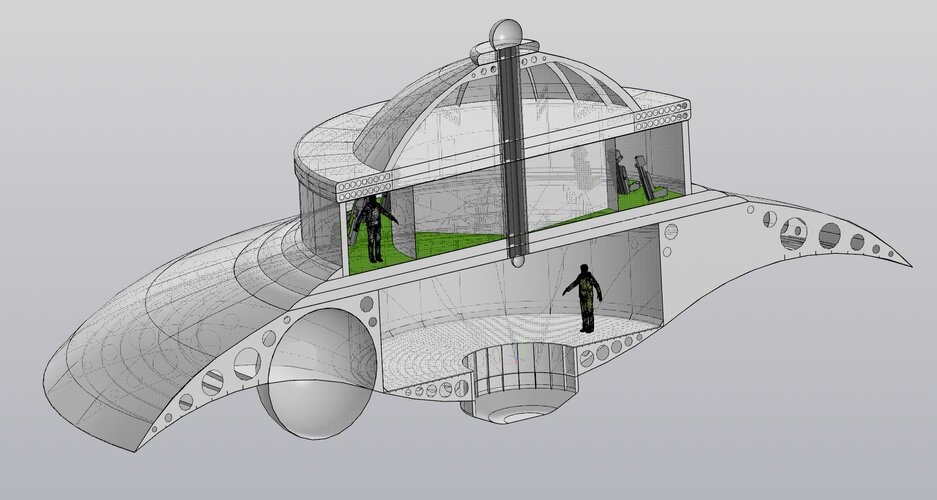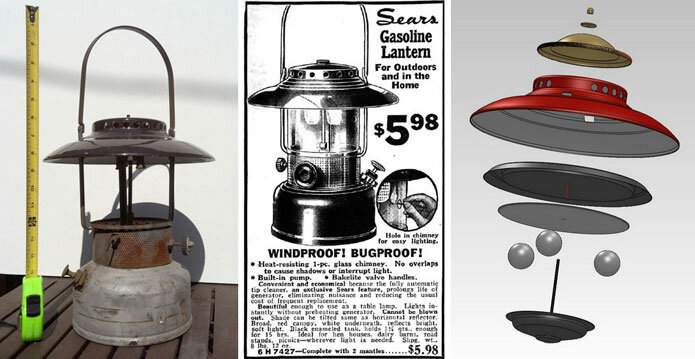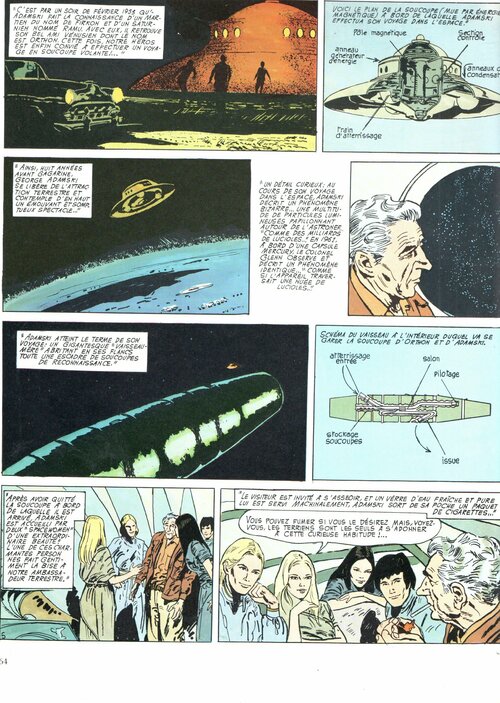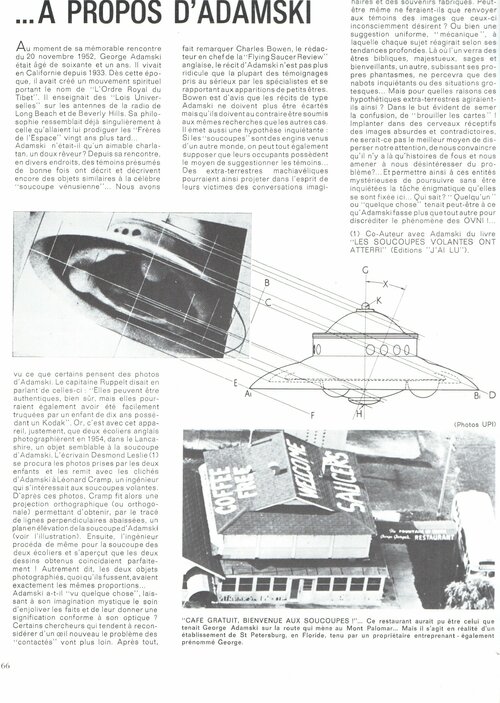Hello everyone,
I have recently been looking into novel airplane configurations such as the blended wing body, transonic truss-braced wing, and box wing proposed by many aerospace companies like Boeing and NASA. I really love these designs and believe they can be of great benefit to society one day.
I feel like the designs have a lot of potential as they are currently being pursued by large aerospace companies and there are environmental and possibly economic (due to future carbon taxes and legislation) drives to bringing them into service. However, due to many technical and logistical barriers like airport infrastructure and certification, the viability of these configurations are very unclear. And considering the past appearances of these configurations, such as the blended wing body in military applications (which was cancelled after a few accidents), I am concerned there may not be much hope for these designs in the future.
Though another point I should mention is that society has obviously grown since then and new propulsive technologies such as hydrogen fuel cells and sustainable aviation fuels can be integrated into new airframes to maximise their benefit, which does increase their possible viability.
My questions are:
- can we expect to see these airplanes in operation in the next two decades?
- will the aviation industry seriously make the change so that they replace conventional tube and wing designs completely?
- will society be willing to fly on unconventional configurations?
I have recently been looking into novel airplane configurations such as the blended wing body, transonic truss-braced wing, and box wing proposed by many aerospace companies like Boeing and NASA. I really love these designs and believe they can be of great benefit to society one day.
I feel like the designs have a lot of potential as they are currently being pursued by large aerospace companies and there are environmental and possibly economic (due to future carbon taxes and legislation) drives to bringing them into service. However, due to many technical and logistical barriers like airport infrastructure and certification, the viability of these configurations are very unclear. And considering the past appearances of these configurations, such as the blended wing body in military applications (which was cancelled after a few accidents), I am concerned there may not be much hope for these designs in the future.
Though another point I should mention is that society has obviously grown since then and new propulsive technologies such as hydrogen fuel cells and sustainable aviation fuels can be integrated into new airframes to maximise their benefit, which does increase their possible viability.
My questions are:
- can we expect to see these airplanes in operation in the next two decades?
- will the aviation industry seriously make the change so that they replace conventional tube and wing designs completely?
- will society be willing to fly on unconventional configurations?






